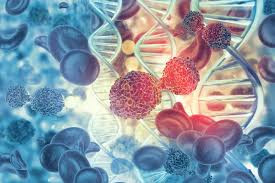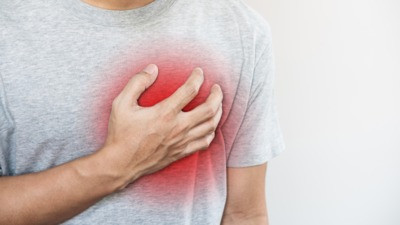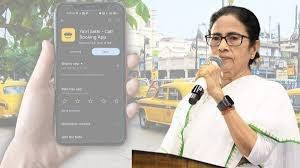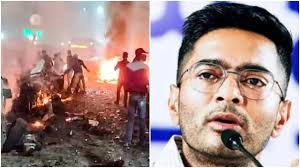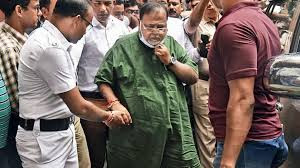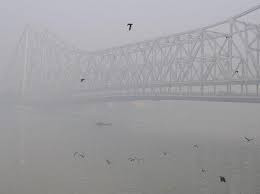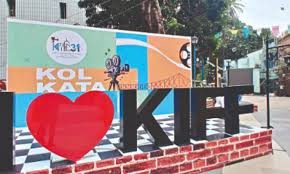From WhatsApp to Heartbeat: How Doctors in Remote Tamil Nadu Are Saving Lives Using a Hub-and-Spoke Model
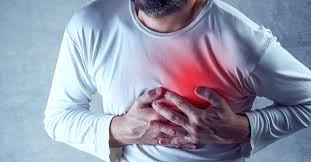
IIE DIGITAL DESK :In the remote interiors of Tamil Nadu, where access to advanced cardiac care is limited, doctors are turning to an unlikely hero—WhatsApp—to bridge the critical gap between life and death for heart attack patients. Through an innovative hub-and-spoke model that combines digital communication with decentralised healthcare delivery, medical teams have been able to dramatically improve response times and survival rates for acute cardiac emergencies.
The concept is simple yet powerful. When a patient in a remote village or taluk hospital presents with chest pain, doctors or medical officers on the ground immediately send an ECG image through WhatsApp to a central hub hospital, usually a larger facility in a city like Chennai, Coimbatore, or Madurai. Within minutes, a cardiologist reviews the image, confirms whether the patient is experiencing a myocardial infarction—commonly known as a heart attack—and advises the next steps. This rapid confirmation is crucial, as it enables the local team to begin treatment without waiting for a formal consultation.
The hub-and-spoke model works by connecting smaller primary health centres and district hospitals (the spokes) with well-equipped tertiary care hospitals (the hubs) that are staffed with cardiology experts. In a state like Tamil Nadu, where rural areas often lack round-the-clock cardiac specialists, this system ensures that no time is lost in starting life-saving treatment like thrombolysis—administering clot-dissolving medication that is most effective when given within the first hour of symptoms, commonly referred to as the ‘golden hour’.
What sets this model apart is the use of WhatsApp, a free and easily accessible platform, to send ECG reports, patient vitals, and treatment updates in real time. Doctors say the app has proven to be a game-changer in areas where internet connectivity might be too weak for more complex telemedicine platforms but stable enough to support image sharing and text communication. By leveraging this technology, the model cuts through bureaucratic delays and delivers specialist expertise straight to the patient’s bedside—sometimes even before the ambulance arrives.
In several cases, patients who would have otherwise been lost to the delays of rural transport or referrals were stabilised in local hospitals and then transferred safely to the hub for advanced procedures like angioplasty. State health authorities and NGOs supporting this initiative have also helped train local medical staff to recognise the signs of cardiac emergencies and initiate preliminary care before specialist instructions arrive.
Experts believe this decentralized model of emergency care could be a blueprint for other regions of India and the developing world. The success seen in Tamil Nadu is now prompting interest from other states looking to adapt the model for stroke management and trauma care.
The story unfolding in these villages is one of quiet revolution, where a combination of committed healthcare workers, low-cost technology, and innovative logistics is redefining rural emergency medicine. It’s a reminder that sometimes, a smartphone and a dedicated team are all it takes to bring a patient back from the brink.
You might also like!


